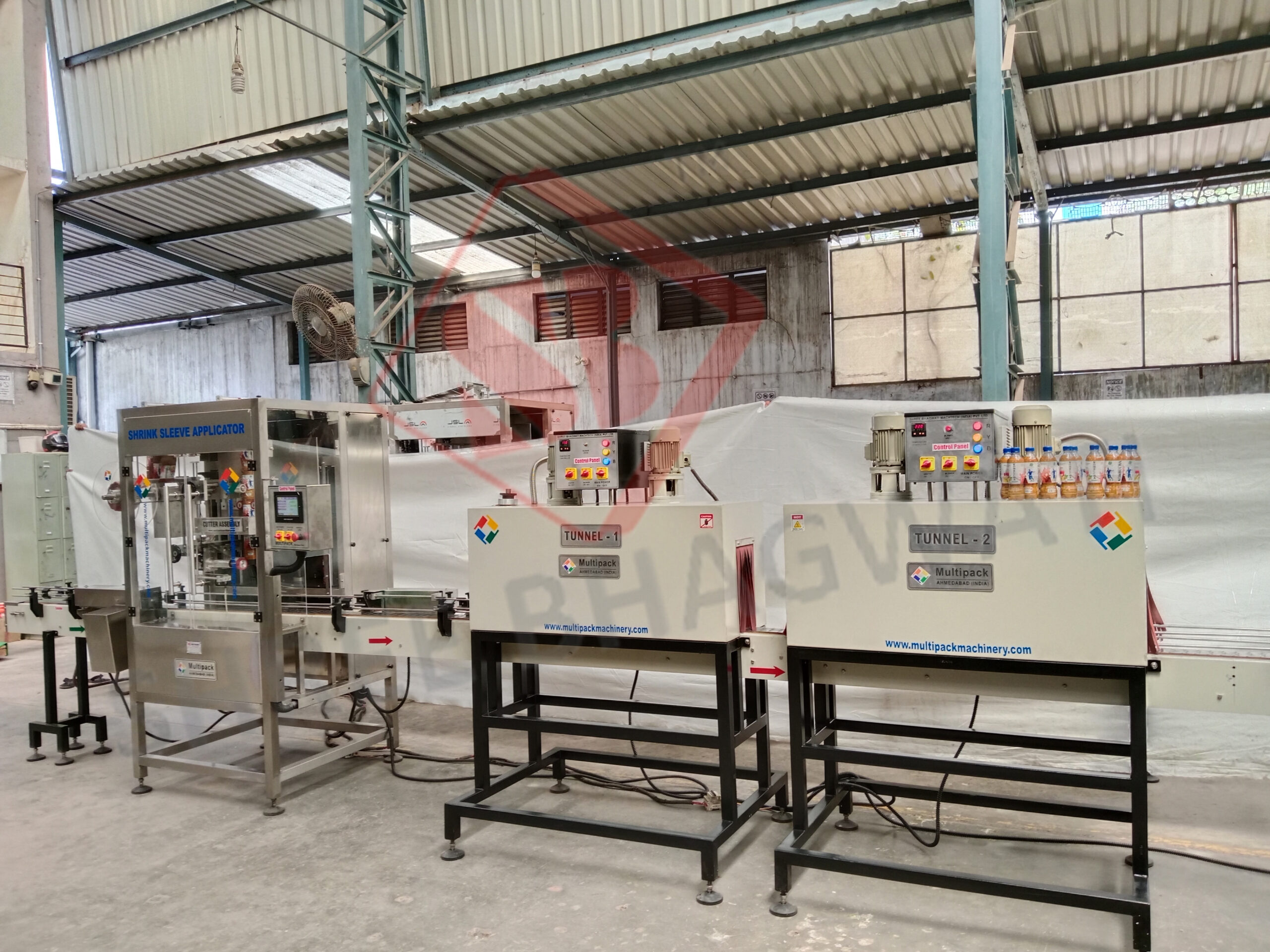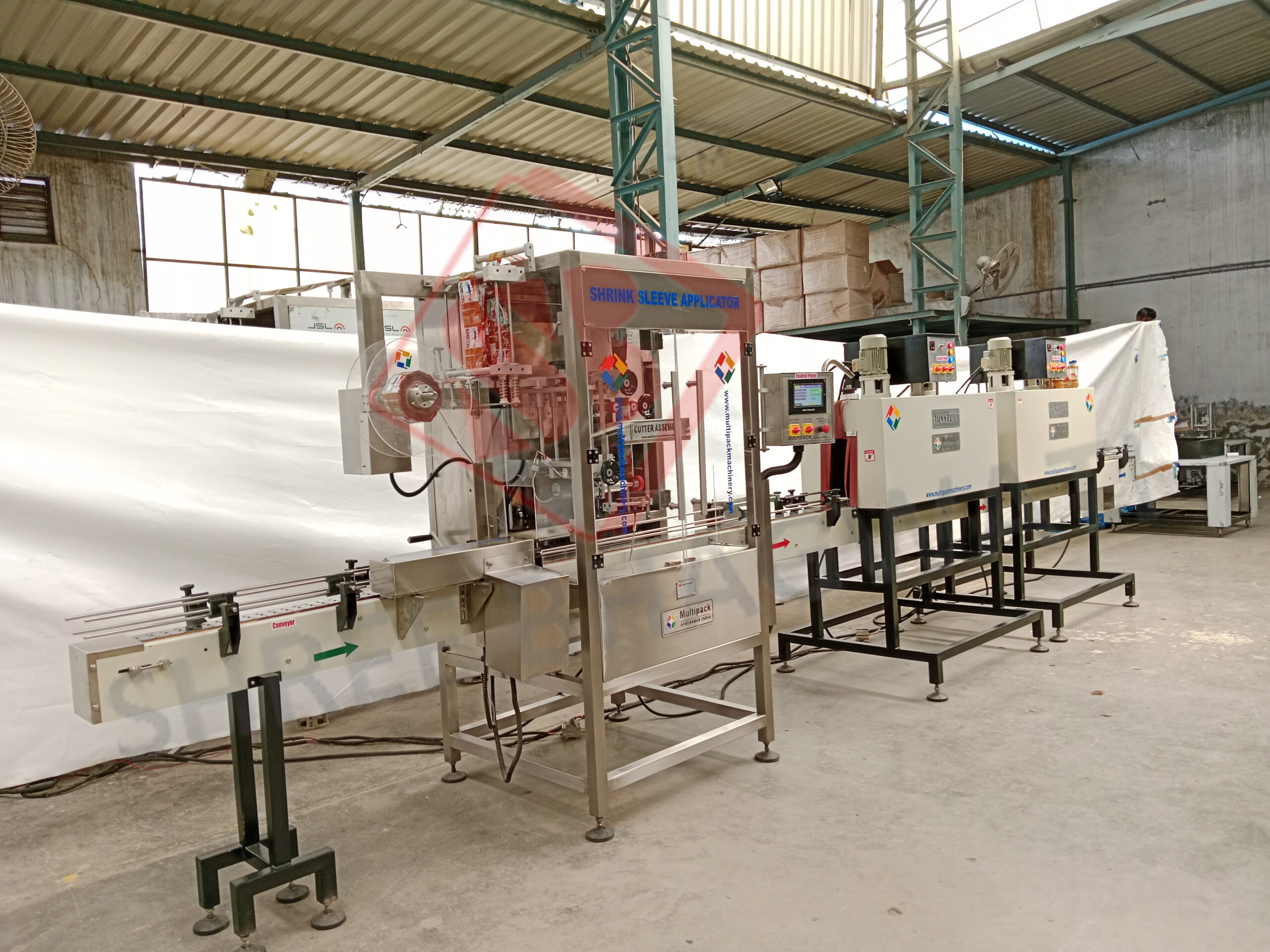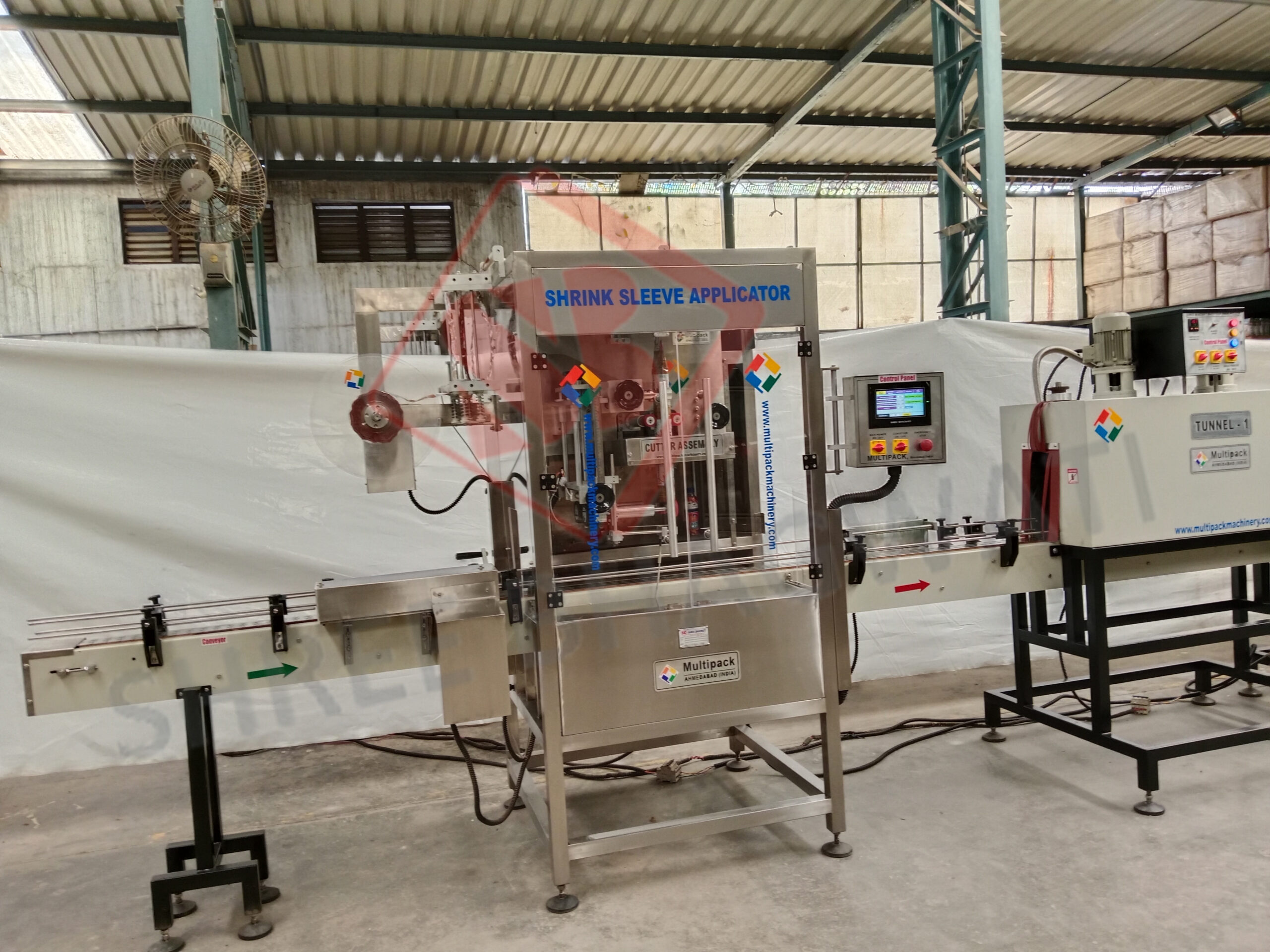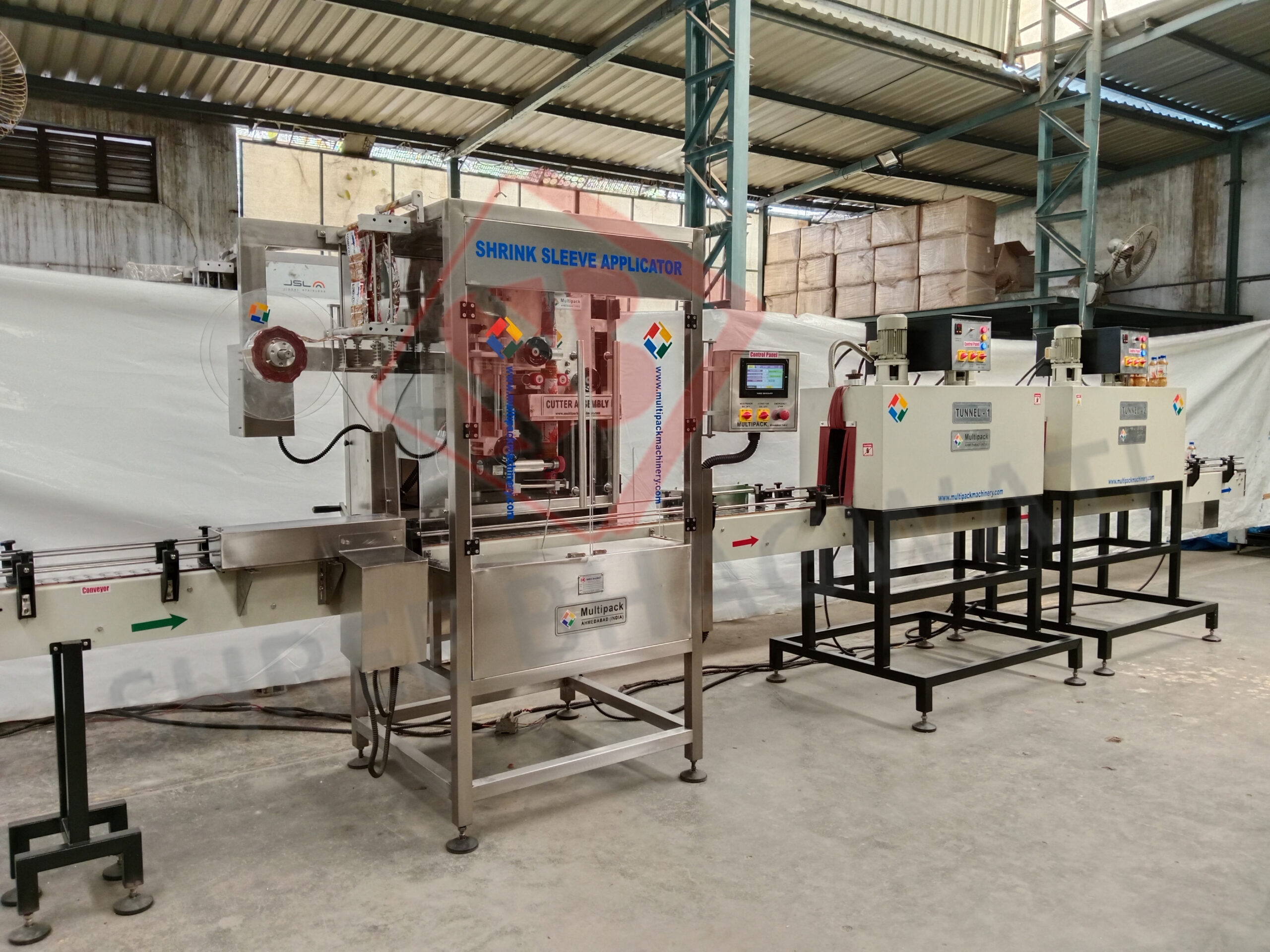In the competitive world of product packaging, choosing the right labeling method can significantly impact a brand’s success. Two popular options for label application are shrink sleeve labeling applicators and traditional labeling methods. Each method has its own advantages and considerations.
A shrink sleeve labeling machine is a device that slips a flexible, shrinkable “sleeve” around a container and applies heat to it. The sleeve essentially wraps around the container and conforms to its shape, creating an eye-catching package that stands out on the shelf. These systems are especially useful for beverages, medication bottles and irregularly shaped containers.


Shrink Sleeve Labeling Applicators
Shrink sleeve labels are full-color, 360-degree printed labels that utilize heat to conform to the shape of containers. They are ideal for round and irregular containers. These labels are available on a variety of film types. They can be used in a wide variety of containers, from glass bottles to plastic bottles, etc.
Compared to traditional labeling methods, shrink sleeves offer more design real estate on your container. This means that you can tell your brand story, add more images, and make room for all of the regulatory information that you need to display on your packaging. This increased demand for speedy packaging has driven the need for shrink sleeve labeling machines that can accommodate fast-paced production lines.
When you’re ready to start putting shrink sleeves on your products, you should contact a labeling solutions provider with experience in the industry to discuss your needs. The labeling specialist will be able to help you determine what type of labeling system is right for your production line and the best way to apply the labels.
Bhagwati Labeling offers a wide range of shrink sleeve labeling applicators, from shrink wrap machines to stand alone label applicators. It can be customized to your needs with additional options if you need them, such as a stainless steel frame and covers, a sure reject unit, etc.
Traditional Labeling Methods
While shrink sleeve labeling applicators have gained popularity, traditional labeling methods still have their place in the industry. Here are some common traditional labeling methods:
Pressure-sensitive labels are adhesive-backed labels that adhere to containers when pressure is applied. They are easy to apply and do not require additional heat or machinery. However, they may have limitations in terms of label design and container compatibility. Cut-and-stack labels are individual labels stacked on top of each other. They are commonly used in industries like beverages and dairy. This method allows for label customization and cost-effective production, but it may have limitations in terms of label orientation and positioning.
Roll-fed labels are printed on continuous rolls and applied to containers using labeling equipment. They offer high-speed application and cost-effective production. However, they may not provide the same level of label design flexibility and 360-degree coverage as shrink sleeve labels.
Comparing Shrink Sleeve Labeling Applicators and Traditional Labeling Methods
Shrink sleeve labeling applicators excel in their ability to conform to various container shapes and sizes. Whether it’s a unique bottle design or an irregularly shaped package, shrink sleeve labels can provide a seamless fit. On the other hand, traditional labeling methods may face limitations when it comes to certain container shapes or materials.
Shrink sleeve labels offer excellent durability and resistance to moisture, abrasion, and fading. The heat-shrinkable material creates a protective barrier, ensuring the label remains intact throughout the product’s lifecycle. Traditional labels, depending on their application method, may be more susceptible to wear and tear, compromising their longevity.


With shrink sleeve labels, brands have virtually unlimited design possibilities. They can utilize the entire label surface to communicate their brand story, showcase stunning visuals, and include essential product information. Traditional labels may have constraints in terms of available space and design flexibility.
Shrink sleeve labeling applicators can achieve high-speed application rates, making them suitable for large-scale production. The automated process ensures consistency and efficiency, reducing the risk of human errors. Traditional labeling methods may have slower application speeds and could require manual intervention, leading to potential bottlenecks in the production line.














